The number and type of teeth an animal has can be used in many cases to determine the species and in some cases will also allow their age to be identified or estimated. The latter is especially true of sheep, goats and cattle.
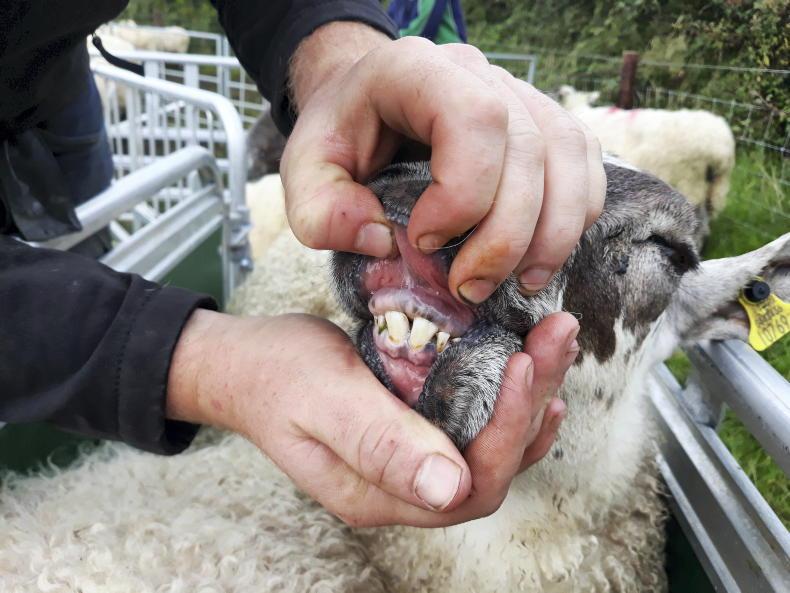
This 15-month old sheep has fully set her first pair of incisor teeth.

This two-year old sheep has two pairs of incisor teeth.
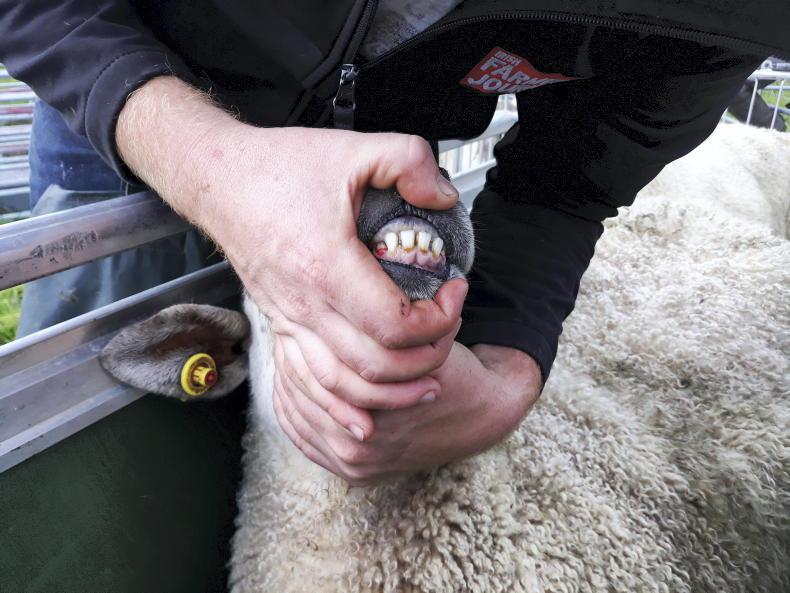
This sheep aged just over 32 months of age is in the process of setting her third pair of incisor teeth. You can notice the red at the bottom of the teeth from where the have erupted through the gums.
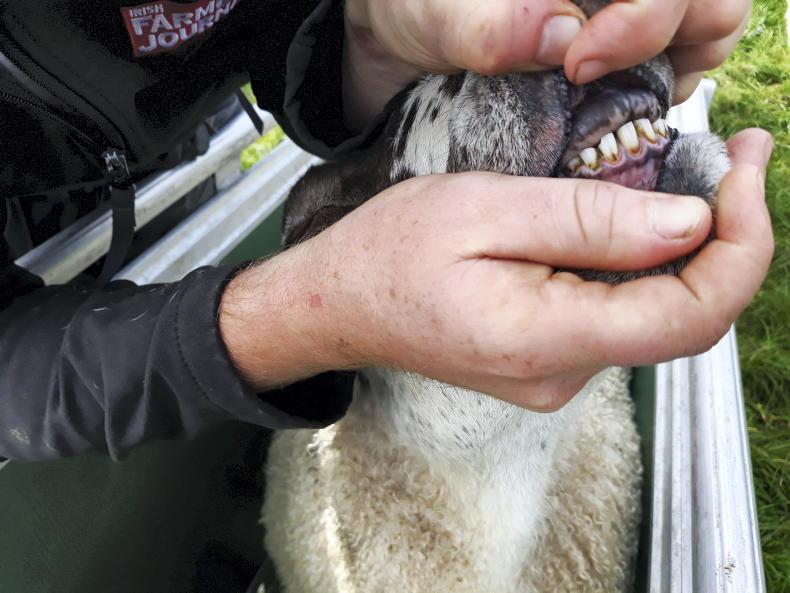
This four-year-old or full-mouth ewe with four pairs or eight incisor teeth.
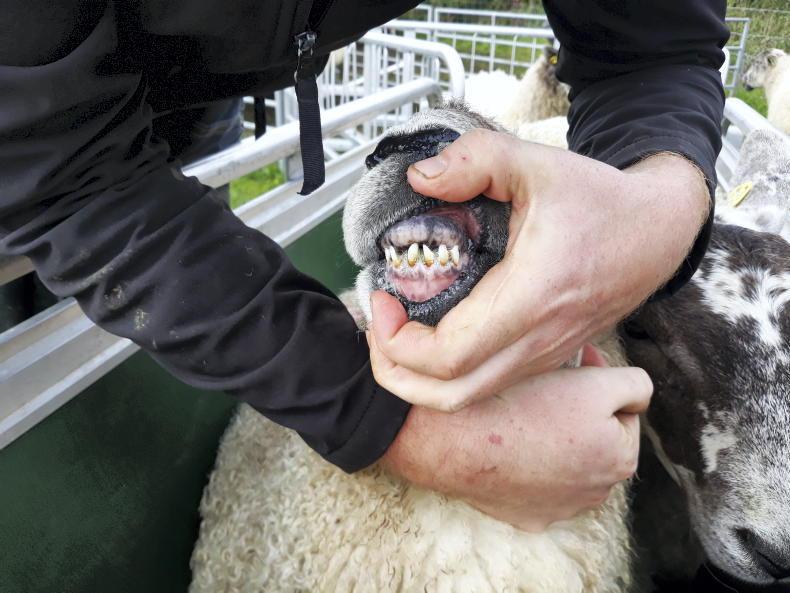
The mouth of this five-year-old sheep has worn badly with one tooth lost and the remainder becoming gappy and eneven.
All domestic animals have two consecutive sets of teeth – young animals have deciduous teeth or what are commonly named milk teeth. As animals get older these milk teeth fall out and they are replaced by permanent teeth. This happens with a good degree of consistency in sheep, with animals setting two permanent teeth when they reach 12 to 15 months of age on average. These permanent teeth are much bigger than the milk teeth, as demonstrated in the photos.
When sheep are two years of age (ranges from 18 to 24 months on average), two more milk teeth are replaced by permanent teeth. The same occurs at three (30 to 36 months on average) and four years (38 to 46 months of age) of age. Sheep aged four years old have four pairs of permanent incisors and are said to have a full mouth.
As sheep age beyond four years, their teeth will start to become worn. This can happen to different degrees. In some breeds the teeth will become worn from the top down while in others wear and tear will also take place on the sides of the teeth, meaning gaps or spaces emerge between them. Teeth can also start to fall out and sheep of this age are generally termed as broken-mouth sheep.
Breed and environment factors
The speed at which teeth wear differs between breeds. For example, some breeds will develop a broken mouth at five years of age while other breeds will not develop a broken mouth until they reach seven to eight years of age. The environment in which sheep are kept will also have an influence. Where sheep are grazed on forage crops such as swedes, turnips etc or are run in a harsh environment there is generally a greater risk of lost teeth or greater wear and tear.
In theory sheep can survive without their incisor teeth as they still have molars for chewing and breaking down plant-based material. They will have much more difficulty grazing, however, especially with short vegetation, and therefore will require much more preferential treatment.
They will find it hard to sustain their body condition at the optimum level, which gives rise to a number of health and productivity-related issues.
As a result, sheep are generally culled from the flock once their teeth have started to wear or have reached a broken mouth stage.
Type of teeth
The type of teeth an animal has is influenced by its diet. For example, sheep and cattle are herbivores, which means they eat a plant-based diet to survive. Animals such as dogs, which eat a mixture of animal and plant food sources, are classified as omnivores. Carnivores (tigers, bears etc) have teeth which are designed for catching prey and eating flesh.
There are four types of teeth – incisors, canines, premolars and molars. These same types of teeth are present in humans. Herbivores require incisors for grabbing and tearing plant-based material and large molars are used to crush and grind the material down to make it easier to digest.
Sheep have two types of teeth – eight permanent incisors in the centre section of the lower jaw. There is a gap between these and the molars, of which there are six at each side on the top and bottom jaw. There are no teeth present in the centre of the upper jaw and here a hard dental pad is present. This means sheep have 32 teeth in total.
Dental issues
The incisor teeth should perfectly meet the dental pad. Where the lower jaw is longer than the top jaw, meaning the bottom teeth overlap the dental pad, then an animal is said to be overshot. In contrast, where the lower jaw is shorter and teeth are protruding behind the dental pad, an animal is said to have an undershot mouth.
Both of these will greatly hamper an animal’s ability to eat and these sheep should be culled. When selecting replacements it is also advisable to run your hand back along the outside jaw of the sheep to where molar teeth are located as sometimes a tooth can be protruding outwards which will result in subsequent issues.





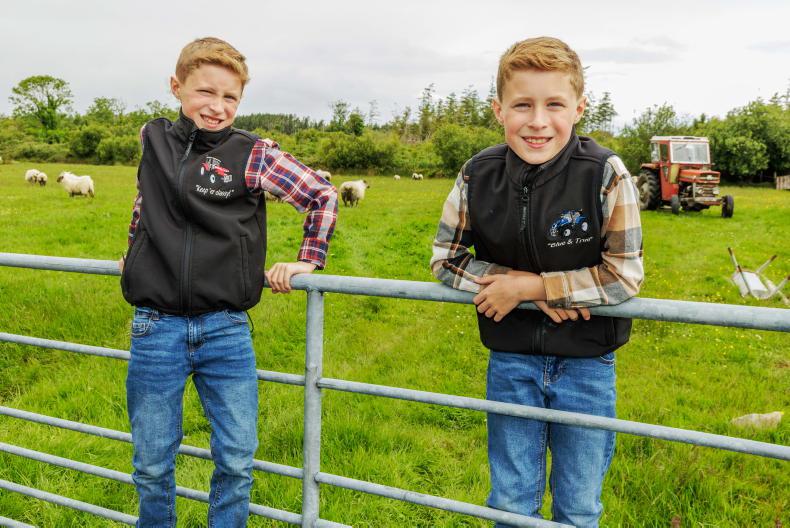
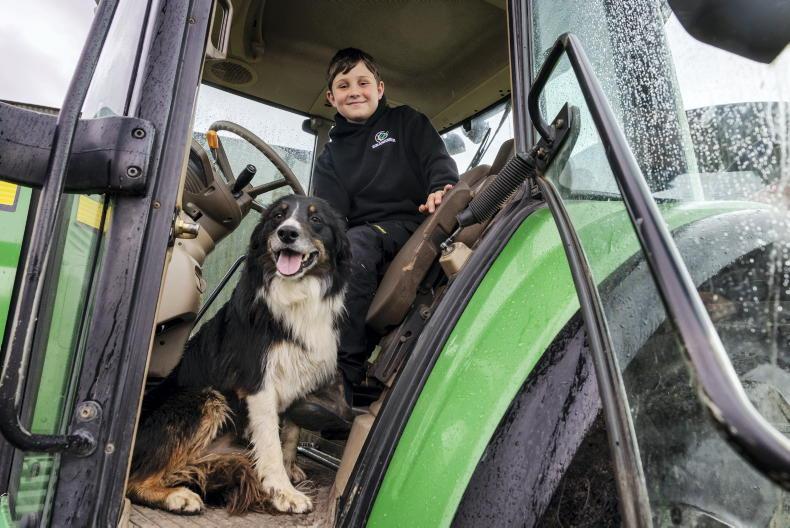
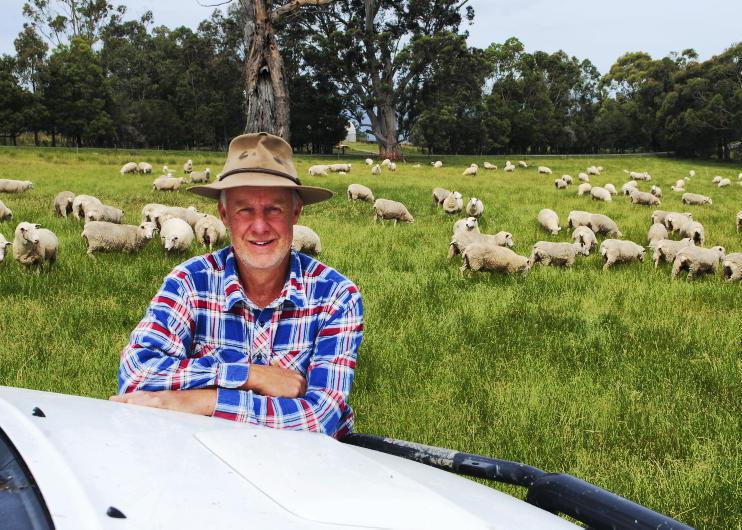
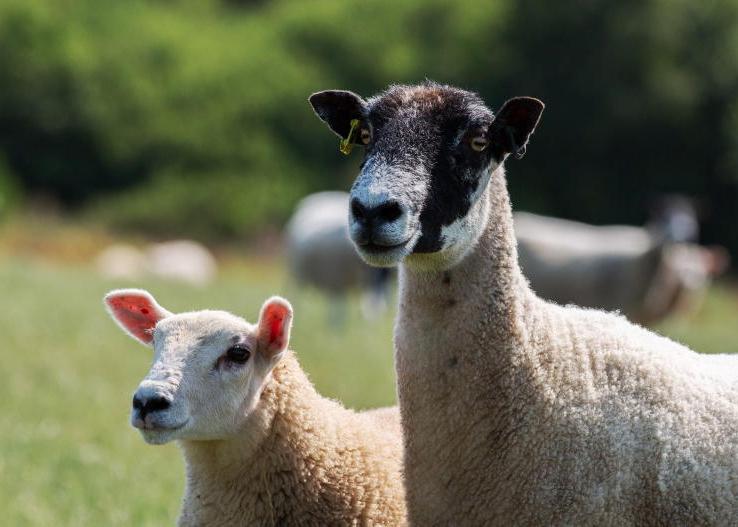
SHARING OPTIONS